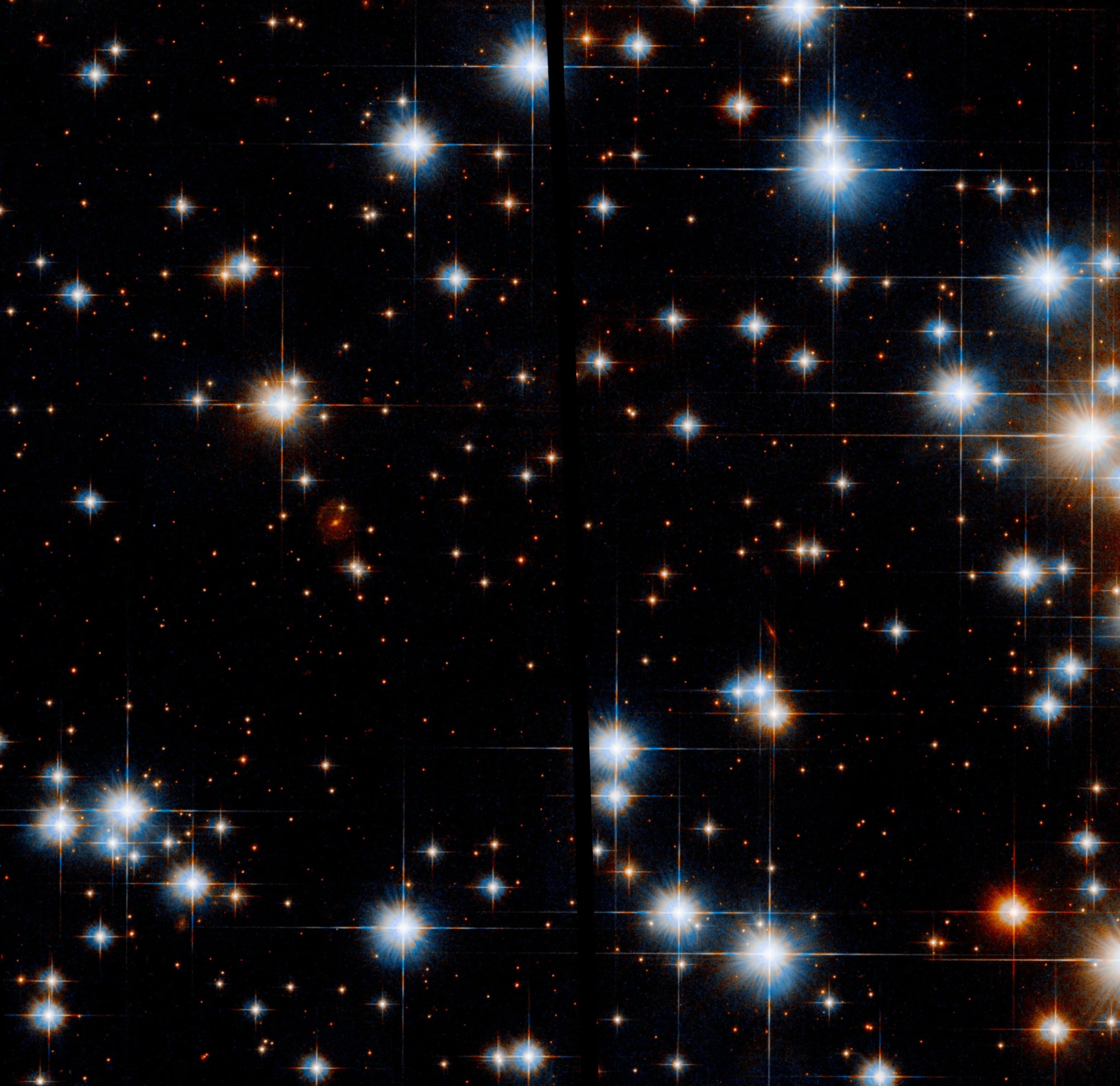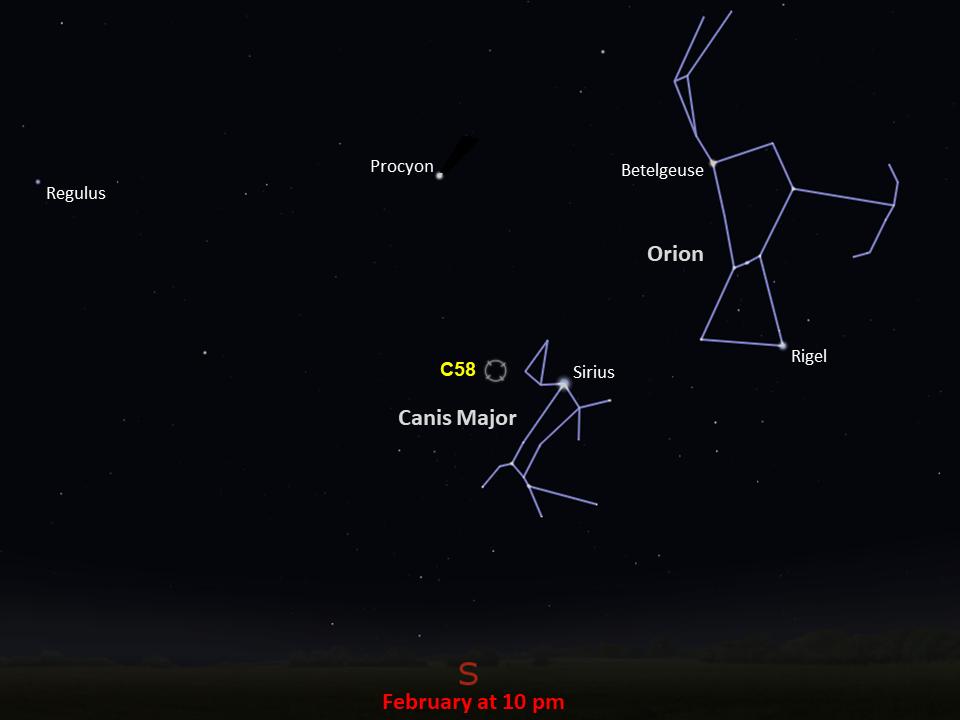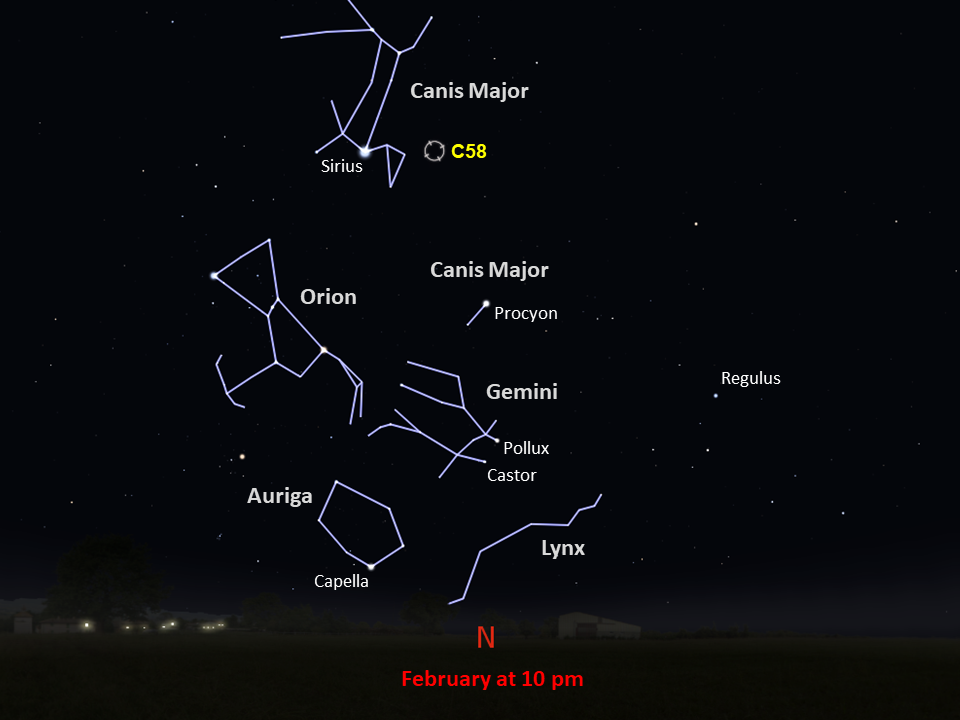Caldwell 58
Caldwell 58 is also called Caroline’s Cluster in honor of astronomer Caroline Herschel.
Distance
3,700 light-years
Apparent Magnitude
7.2
constellation
Canis Major
object type
Open Cluster
Caldwell 58, also known as NGC 2360 or Caroline’s Cluster, was discovered by and named after the German astronomer Caroline Herschel in 1783. The younger sister of famed astronomer William Herschel, Caroline was the first woman to win the prestigious Gold Medal of the Royal Astronomical Society. She earned this award for her work verifying her brother’s astronomical observations and compiling a catalog of nebulae to aid other astronomers.
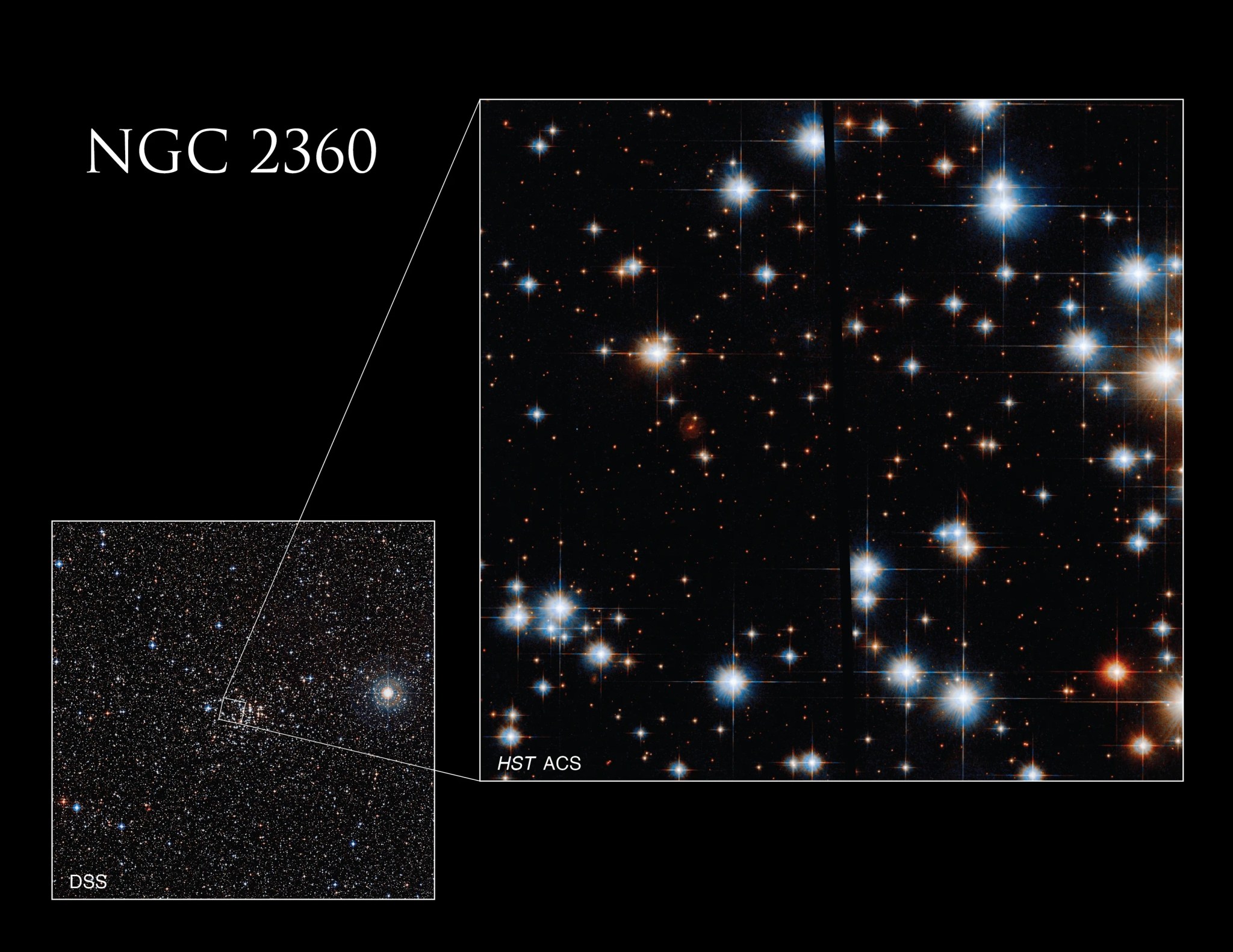
Caldwell 58 is an open cluster — a group of stars loosely bound together by gravity. It is located in the constellation Canis Major, roughly 3,700 light-years from Earth. The cluster has an apparent magnitude of 7.2 and can be spotted with a pair of binoculars in dark, moonless skies. Caldwell 58 is most easily observed during the Northern Hemisphere’s winter and the Southern Hemisphere’s summer.
Astronomers used Hubble to study white dwarfs in Caldwell 58, helping them better understand the age of our galaxy. After a Sun-like star has exhausted its supply of nuclear fuel and ejected its outer layers of gas, what is left behind is the hot core of the star — a white dwarf. These objects cool over a period of billions of years and are some of the oldest stars in our galaxy. Some white dwarfs pulse regularly as they cool. The time between these pulsations changes over the white dwarf’s lifetime, so the time between pulses can be used to estimate how quickly the white dwarf is cooling, and thus how long it has been cooling. This information is useful to astronomers because it means pulsating white dwarfs can be used as chronometers, or “clocks,” that constrain the age of our galaxy. These observations of Caldwell 58 were made with Hubble’s Advanced Camera for Surveys to help astronomers calibrate white-dwarf chronometers.
Glossary
Apparent Magnitude - The brightness of an astronomical object as seen from Earth, influenced by the object's distance from Earth, its absolute magnitude, and even gas and dust that lie between the object and Earth.
Nebula - An interstellar cloud of dust and gas; either a location where new stars are being forged or a cloud of material ejected into space by a dying star.
Open Cluster - A group of stars loosely bound by gravity, destined to be short lived because the gravitational interactions between members are weak enough that stars can be drawn away from the cluster by stronger gravitational forces.
White Dwarf - The core of a dead Sun-like star whose outer layers have been expelled into space.
Explore Hubble's Caldwell Catalog
The following pages contain some of Hubble’s best images of Caldwell objects.
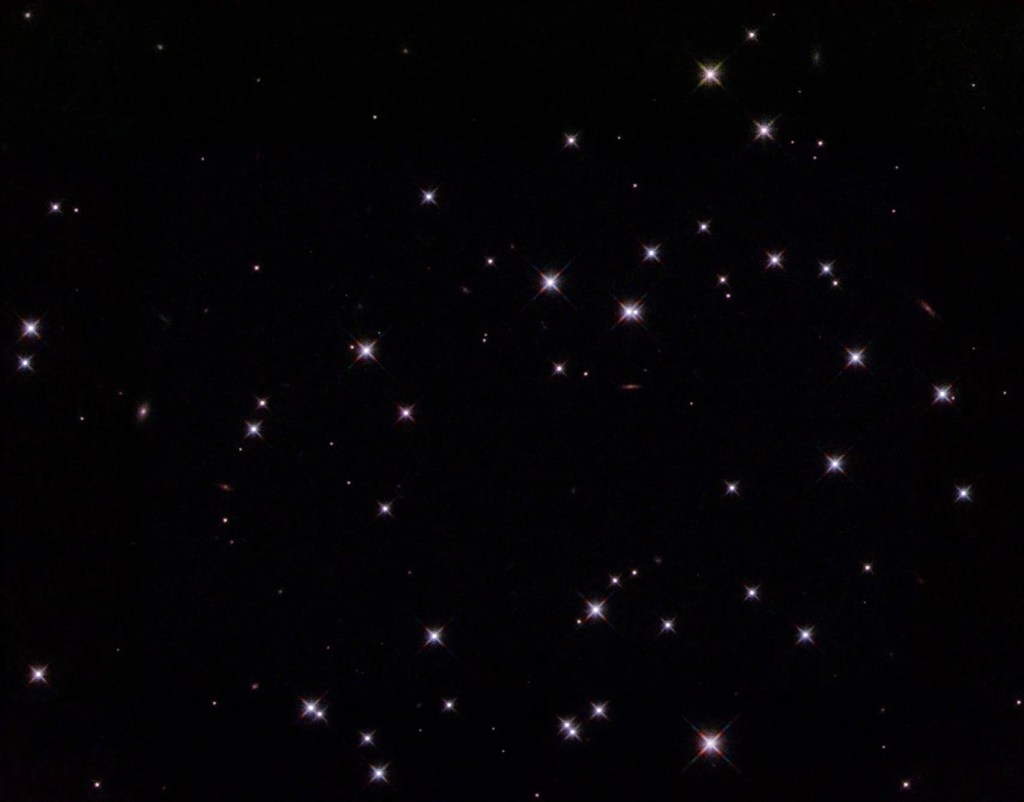
Also known as NGC 188, this group of stars formed from a large cloud of gas making the stars roughly…
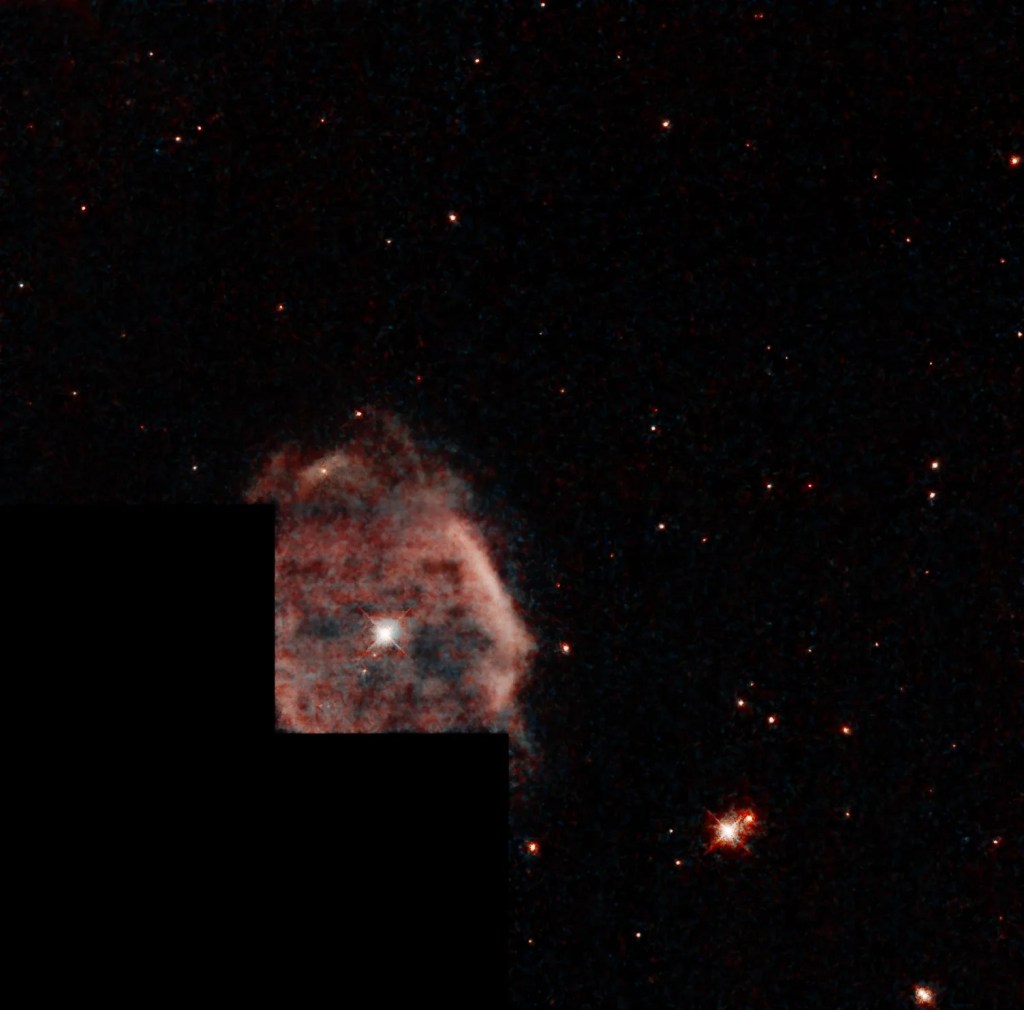
This shell of gas is expanding outward, away from the dying star within.
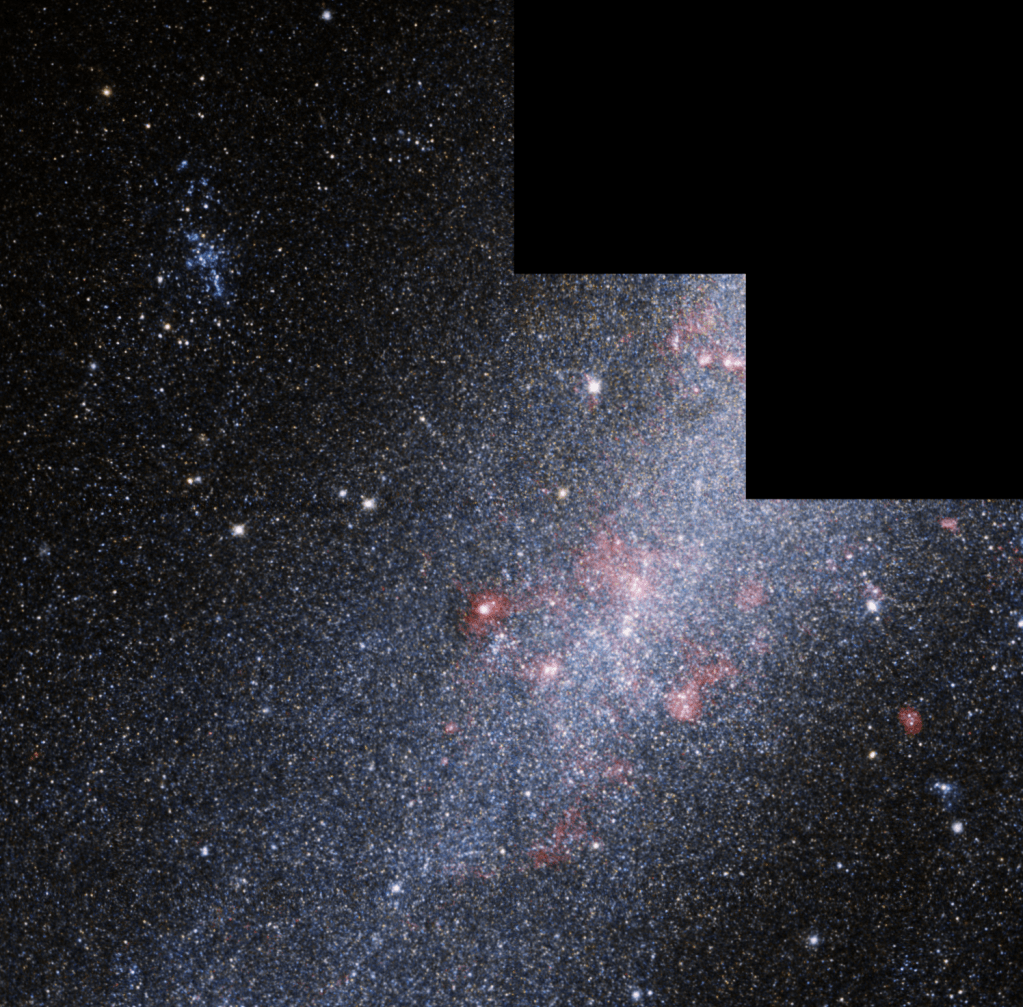
This barred spiral galaxy was first spotted by British astronomer William Herschel in April 1793 in the constellation Draco.



























